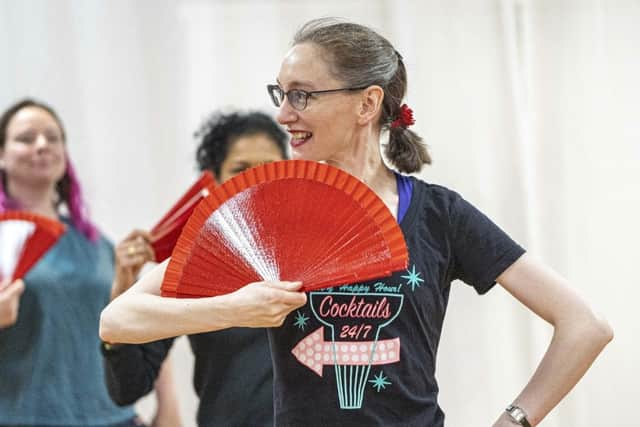Discover the remarkable range and scale of our community arts centres


Arts centres play a major role in towns and cities across the UK – but their work often goes unheralded on a national scale.
Some are well-known cultural landmarks attracting world-class performers and big crowds.Others are far smaller-scale affairs and are often led by volunteers, but nevertheless offer a vital way for people living nearby to benefit from the arts.


Advertisement
Hide AdAdvertisement
Hide AdAt the largest end of the scale are the likes of Home in Manchester. It has become one of the city’s most popular performing arts venues: since opening in 2015, some 2.9 million people jave already visited it, enjoying thrilling theatre and dance shows and great independent films from across the world. Last year it hosted a major exhibition of artworks created by the visionary film-maker David Lynch.
The Barbican in London is another major institution. It’s the largest of its kind in Europe, frequently attracting major stars from around the world, being a base for the London Symphony Orchestra and the BBC Symphony Orchestra and serving as the London home of the Royal Shakespeare Company.
But while many are more modest in scale, they remain invaluable to the communities they serve - and draw big names.
The award-winning Pocklington Arts Centre has been playing an integral part in helping to establish the East Riding of Yorkshire as a thriving arts and culture hub since opening its doors to the public in 2000.It offers a varied and dynamic programme of live events, with some of the world’s best musicians, comedians and actors having performed on its stage, as well as world-class exhibitions and workshops.In Northamptonshire, The Core at Corby Cube frequently hosts top comedians, much-loved tribute acts and theatre productions by professional and amateur groups.
Advertisement
Hide AdAdvertisement
Hide AdMilton Keynes Arts Centre offers something different, presenting a programme of artists’ projects, events and educational activities inspired by its location. It provides access to specialist ceramic, silversmithing and wood shop resources, and the space to explore new ideas and directions in the development of craft, design and the visual arts.
The members of the Future Arts Centres organisation have annual turnovers ranging from £150,000 to £6.9m.
The average turnover is £1.6 million, with average annual activity including more than 260 live performances, 530 film screenings, ten exhibitions and more than 80 creative learning sessions.
This attracts average audiences of 69,000 for live performances, 14,000 for films, 40,000 exhibition visitors and 10,500 attendances at creative learning sessions, of which more than half would be children and young people.
Advertisement
Hide AdAdvertisement
Hide AdCo-chair Annabel Turpin said: “Arts centres sit at the heart of their communities, and their programmes reflect that – with programmes of work for children, young people and families, as well as targeted activity to enable everyone to be creative or enjoy a cultural experience.”
* This article is part of The Show Must Go On, JPIMedia's campaign to support live arts venues